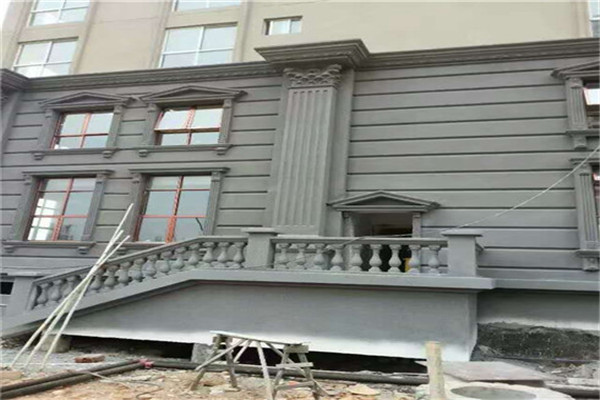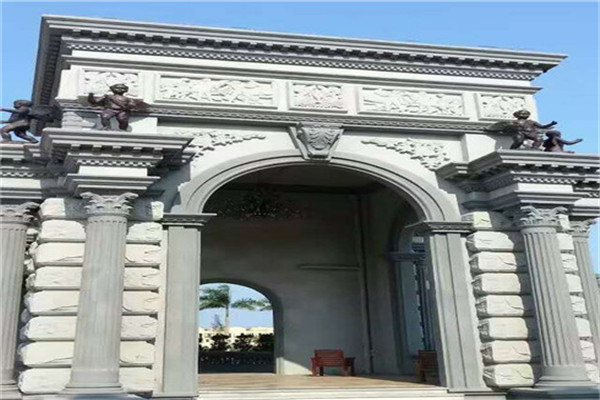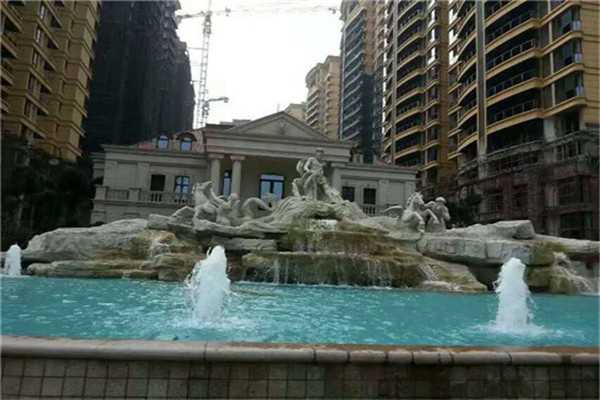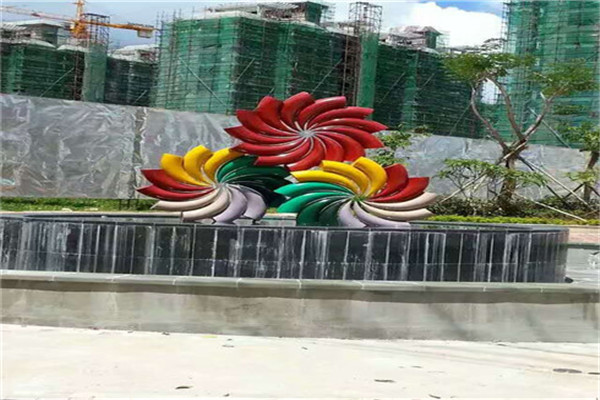
The types of stone inscription monuments include monuments, memorial monuments, merit monuments, temple monuments, Dianzi monuments, mausoleum monuments, etc. Except for a few wordless steles, they are generally literal steles. Usually, characters are carved on the body of the stele, and some are accompanied by carved patterns. The pedestal and cover of the stele are mostly carved with decorations, birds, animals, flowers, and mascots. The cover of the stele of the imperial family is also carved with dragons and phoenixes. Marble is the most commonly used stone for making the stele, and sandstone and granite are also commonly used. Some of the steles are huge, and some of them become a group of steles. Stone books are written with stone instead of paper, and carved instead of pen, which is very ingenious. There are many famous works of stone tablet processing and stone calligraphy carving. For example, "Xi'an Forest of Steles" includes more than 3000 historical steles from Han Dynasty to Qing Dynasty. It is the largest collection of stone books in China. Together with the "Forest of Steles in Hanlin" under construction in Kaifeng, it can be said that it is a sea of steles, and it is a collection of calligraphies of regular script, line, grass, seal script, clerical script and Wei style by famous calligraphers of all ages. In addition to large-scale carvings such as stele books and cliff carvings, there are also some stone carvings, such as mourning volumes in imperial tombs and modern fine carved small stone books, such as more than 100 mourning volumes of white marble excavated in the tomb of the prince of the Tang Dynasty, and six stone books of "Thirty six Strategies" carved in tile slate in modern Chengdu, a total of 26 pages and 1278 words, bound into a volume with eyeliner, each page is 2.2.6mm, which can be read.

Copper casting is an important part of Chinese traditional culture and art. Copper casting has a long history and mature technology. The process of casting copper is more complicated than that of forging copper, and the artistic creation has a good recovery. Therefore, it is suitable for becoming the material of fine works and is very popular with artists, especially figure sculpture. But it is easy to oxidize, so pay more attention to maintenance. Each cast copper artwork is made through 11 complex and rigorous processes, which include traces of traditional handicrafts, lines and modern technology of precision casting. Cast copper is put into the sintering furnace and sintered at 1000 ℃ - 1150 ℃ according to different metal materials. The copper liquid is immediately cast into the ceramic shell. After cooling, the outer ceramic shell is broken, and the copper product rough embryo is peeled out.

The handicrafts made by forging copper are lifelike in shape and easy to sculpt Qionghai Sculpture processing The lines of the handicrafts are very smooth. Even if you look carefully, you will not find any shortcomings. Of course, you need to ensure the craftsmanship of the sculptors. Only the craftsmanship can ensure the shape and image of the forged copper sculpture handicrafts. In the process of production, brass or copper plate is usually used as the base, and then forging is carried out, and multiple forged copper plates are used to show the overall image of the handicraft. For many sculpture artists, corresponding copper plates are selected for forging. Sculpture processing Price The forging copper processing technique is unique. Attention should be paid to heating the copper plate, then forging, after a certain forging, polishing and polishing to make the surface smooth, so as to become the desired forging copper sculpture handicrafts, which are all hand-made, very public welfare, natural and vivid in appearance. Attention should be paid to the handicrafts produced, Certain maintenance is required to ensure its appearance is not affected.

The traditional method is to brush lime water or wall powder, but it is easy to be polluted and cannot be scrubbed with wet method. It is mostly used for general buildings. More advanced buildings use flat ready mixed paint as decoration material, which is rich in color and is not easy to be polluted, but the volatile amount of organic solvent mixed in is large, which pollutes the atmosphere and affects the health of construction personnel. With the development of science, organic synthetic resin raw materials are widely used in paint, making the appearance of paint products fundamentally changed, so it is called paint, It has become an important interior and exterior wall decoration material. There is a long history of papering interior walls and ceilings, but it has been replaced by plastic wallpaper and fiberglass wall covering. Hainan sculpture gypsum board has the characteristics of fire prevention, sound insulation, heat insulation, light weight and high strength, and convenient construction, which is mainly used for walls and flat roofs; When making a flat roof, holes with various patterns can be punched to improve the sound absorption and decoration effect. Calcium plastic board has a good decorative effect, can keep warm and sound, and is a multi-functional board. Marble and granite plates are increasingly used to decorate high-end hotels and apartments.




